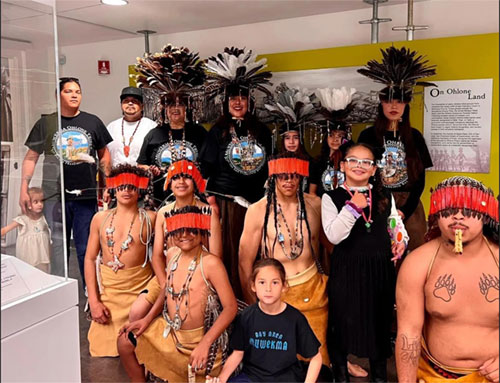Tourism and Native American Communities: Evaluating the Pros and Cons
Tourism and Native American Communities: Evaluating the Pros and Cons June 2023

Summer is here and with it comes a desire to travel for pleasure – otherwise known as tourism. After years of COVID and lockdowns, the world is witnessing what is being called “revenge tourism” – the desire to go somewhere (at times just anywhere) to make up for the months and years spent stuck at home. That sounds great for the tourism industry, and for the most part, it is. However, unregulated tourism, while bringing much-needed revenue to local economies, also has a negative impact and can lead to irreparable loss of local culture and ways of life. The Native American communities are an example of this.
Great Numbers
For a long time, “native tourism” meant people going to the casinos on Native land to gamble and have a good time. This was a good Las Vegas alternative. The money did come in, the tribes profited and the history and society of the Native Americans were not looked at. However, the tourist industry thrives on finding new attractions to bring in travelers. While the casinos continue to do well, the opportunity to view ways of life that are unique on this planet is becoming a big attraction. In 2016, almost 2 million international tourists visited Native American reservations. This supported over 40,000 much-needed jobs. COVID, of course, brought a lull in tourism, but now that it's over, the number is expected to easily cross 2 million soon. That means more jobs and more income. But there is a downside to this.
Pleasing Tourists Comes at a Cost
One of the major drawbacks of tourism is that it affects the identity of the places the tourists visit. It happens all over the world. African tribes now mass produce cultural artifacts. The skills required for making items by hand, and their meanings, are forgotten. In South East Asia, the culinary attractions have become so famous that the old methods of preparation are being replaced by prepackaged ingredients and readymade sauces. Even famous roadside eateries often have hidden microwaves to heat frozen food that is sold to tourists asgenuinelocal fare. Whether it's artifacts, food or anything else, when financial considerations lead to the loss of traditions and cultural dilution, the loss may not have an immediate impact, but over time, the effects can be disastrous.
Do we want a world where Native American culture and life aredefined by the caricatured depictions of the mid-20th century movies and TV shows? Do we want to lose the oldest part of the American heritage?There are over 500 Native American tribes in this country. Some like the Sioux and the Cheyanne are household names. Others, like the Muwekma Ohlone in the San Francisco Bay Area,are not widely known. But like all the other tribes, the Ohlone has a unique history and way of life that should not be lost with time. Tourism is a way to obtain the income needed to support the conservation of tribal culture. But unless care is taken to prevent the financial attractions from destroying the cultural identity of the Tribes, the expected tourism boom is not going to be sustainable. As the lure of the casinos' pall and tribal cultures become diluted and therefore less appealing to visitors, we have to think about how this essential income can be generated while protecting tribal heritage. This is a subject that requires urgent attention.